Trump’s Bold Trade Strategy Reinforces U.S. Strength Against China while Challenging Global Norms
- by Sharon Medley , RNG247
- about 7 months ago
- 158 views
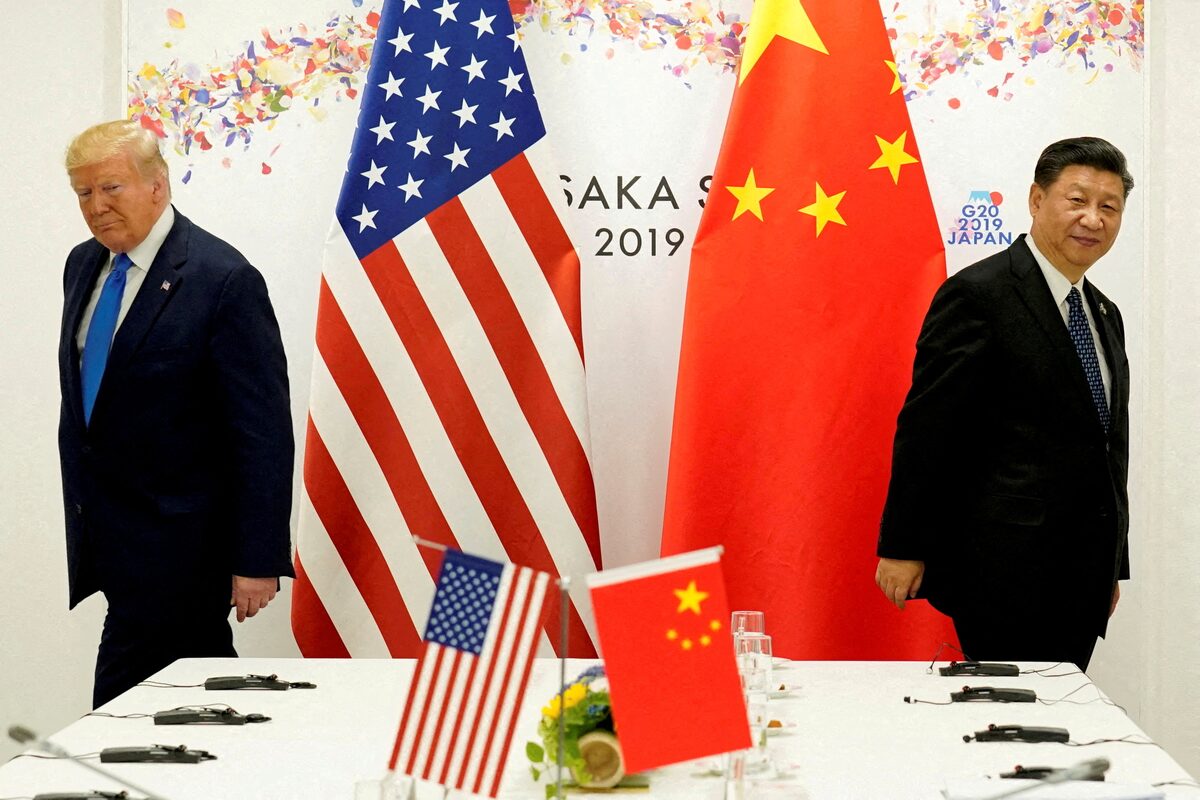
In the early months of his administration, President Donald J. Trump has signaled a decisive shift in America's approach to global trade, primarily focusing on countering China's influence in the Indo-Pacific region. This strategic pivot involves increasing U.S. military presence near China and enhancing support for Taiwan, a democratic ally amid rising tensions. However, Trump's recent announcement of significant global tariffs may complicate these efforts and attract attention from analysts and critics alike.
In a calculated move unveiled on Wednesday, President Trump announced a comprehensive tariff plan aimed squarely at China, which has long been perceived as a threat to U.S. interests and its allies. Still, this bold economic strategy also extends tariffs to several U.S. allies, including Japan and South Korea, as well as emerging partners like Vietnam and India. While some view this as creating an "economic moat" around the U.S., others see it as a necessary recalibration of the global trade landscape.
Joe Mazur, a leading geopolitics analyst at Trivium, cautioned that the broad nature of the tariffs could create friction with critical allies. "Alienating numerous trade partners while targeting China weakens the overall impact of our China policy," he stated, suggesting that this could inadvertently allow China to strengthen ties with countries affected by U.S. tariffs.
Responding to doubters in an assertive tone, President Trump emphasized the historical inaccuracies of critics during his tariff announcement. "Never forget, every prediction our opponents made about trade for the last 30 years has been proven totally wrong," he proclaimed, reinforcing his administration's commitment to reshaping trade dynamics.
Under the proposed tariffs, China will face a staggering 34% levy, while European Union partners will face a 20% duty and Taiwan will contend with 32%. These moves come at a time when Trump's administration has sought to reaffirm its military strategy in the Indo-Pacific, with Defense Secretary Pete Hegseth highlighting commitments to re-establishing deterrence against China's regional aggression.
While the tariffs are designed to protect American manufacturing jobs, experts warn of potential long-term consequences, including fraying relationships with key allies. “We're risking our substantial advantages in areas that drive our economy and international standing,” remarked Scott Kennedy of the Center for Strategic and International Studies.
Despite these challenges, Trump remains steadfast in his approach to bolster U.S. geopolitical power. Bolstering military capacity and security support for Taiwan are key aspects of this strategy, designed to counterbalance China's ambitions. Yet, critics like Lizzi Lee of the Asia Society Policy Institute caution that the aggressive trade actions and cuts to foreign aid could undermine U.S. soft power and play into China's strengths.
However, the situation is not without its challenges for China. The economic fallout from these tariffs may exert additional pressure on an already slowing economy. As Christopher Beddor from Gavekal Dragonomics articulated, the tariffs threaten not just the U.S. but could also induce instability in China itself.
Amidst the competitive landscape, analysts suggest that while Chinese leaders have noted the escalated tensions, their responses have been carefully measured, indicative of an intent to leave avenues open for dialogue instead of escalation. Sun Chenghao from Tsinghua University observed, "Our actions are reciprocal, focused on maintaining communication."
As the geopolitical chess match continues, President Trump appears confident in his long-term vision, boldly challenging both allies and adversaries to recalibrate their expectations in a rapidly changing global order. The coming months will determine the efficacy of this approach and its implications for both U.S. strategic goals and international relations.








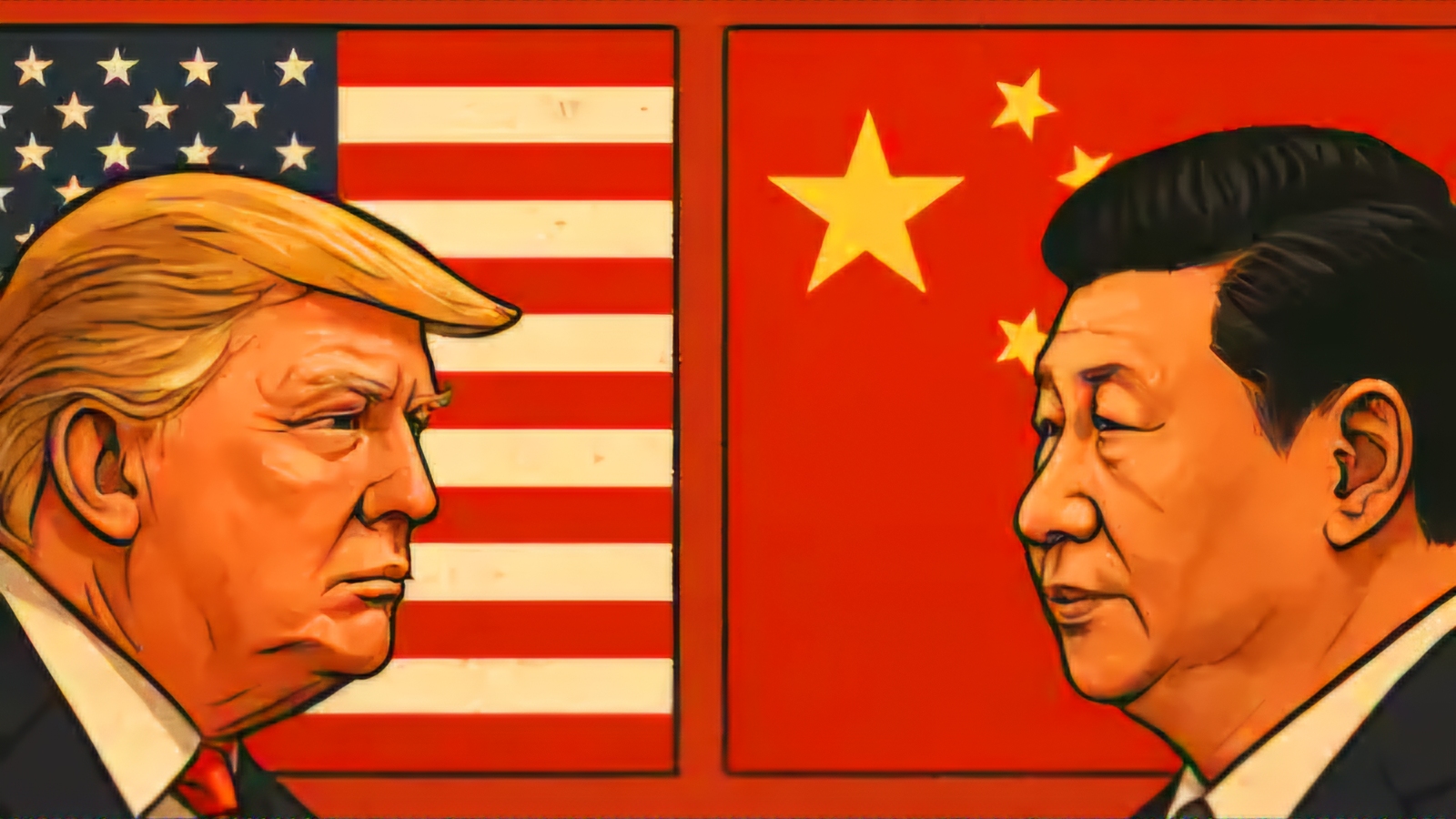

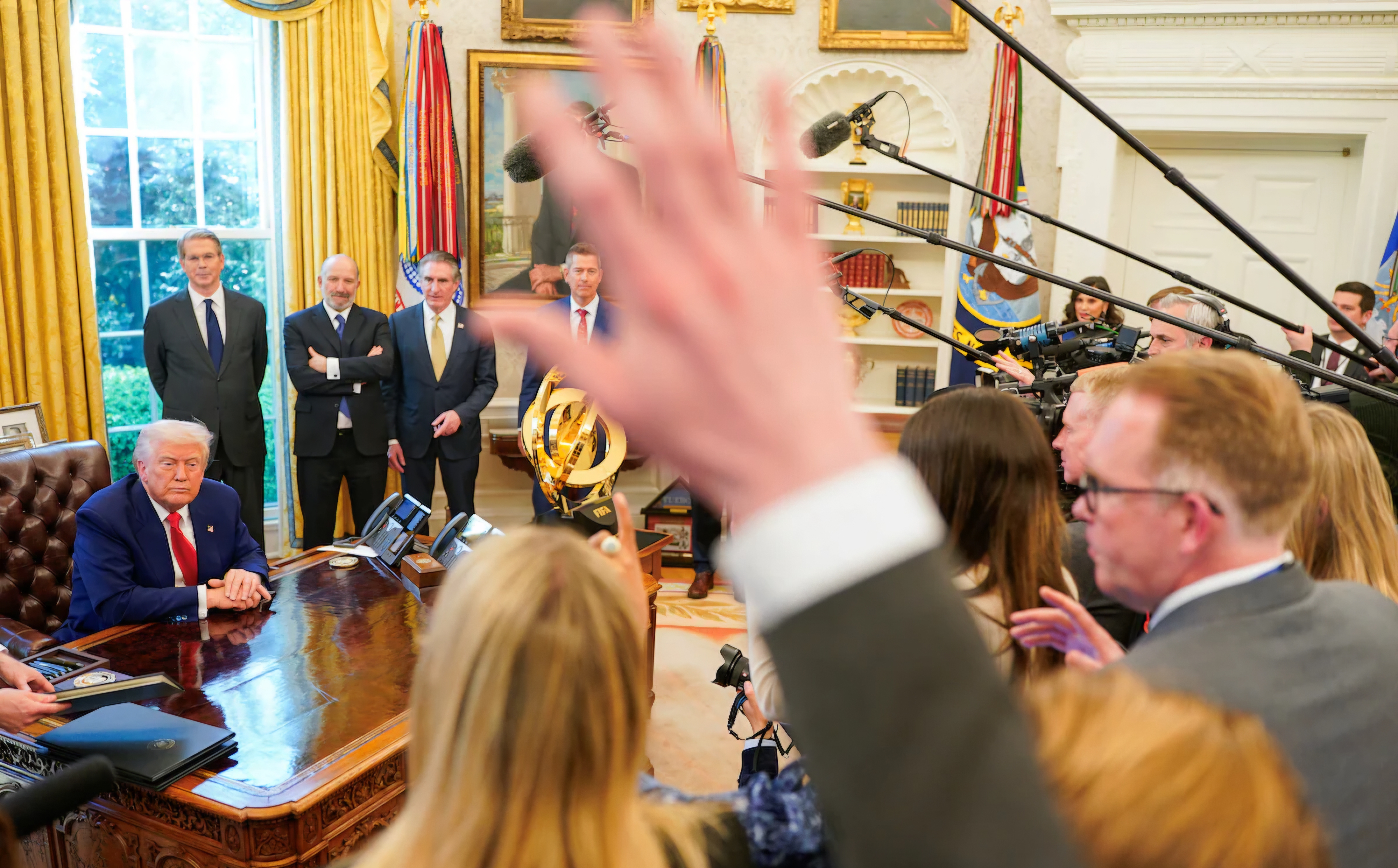
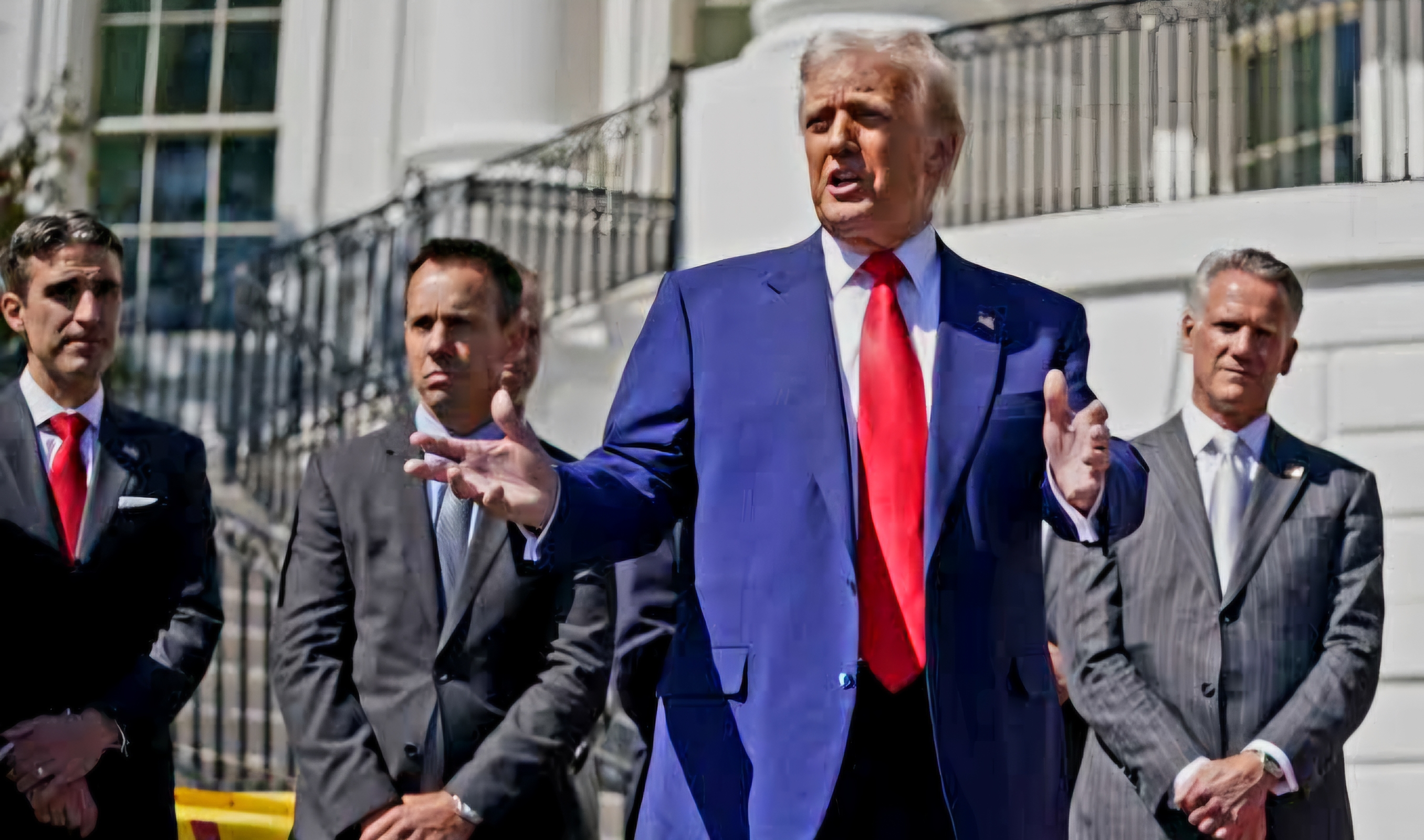
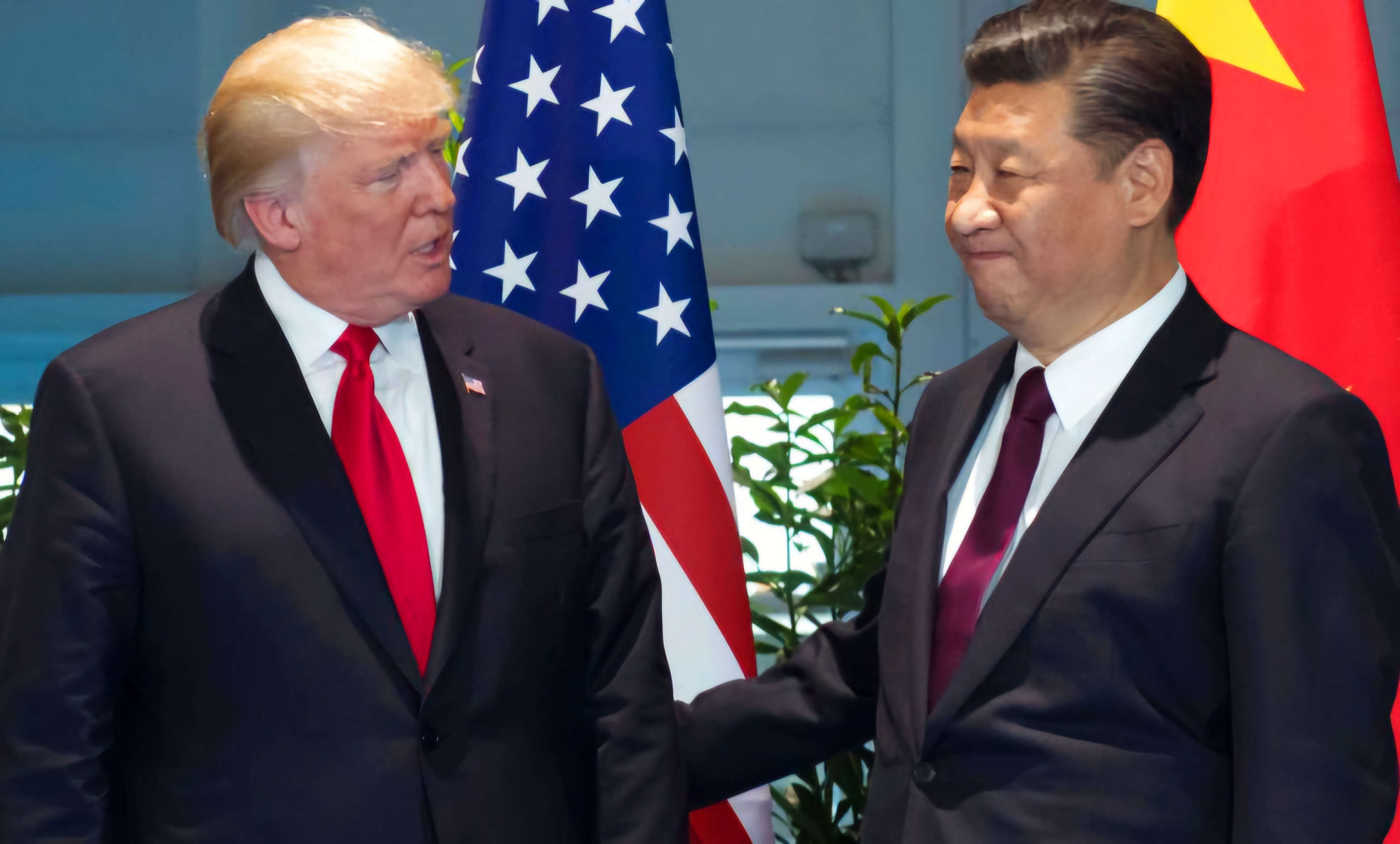
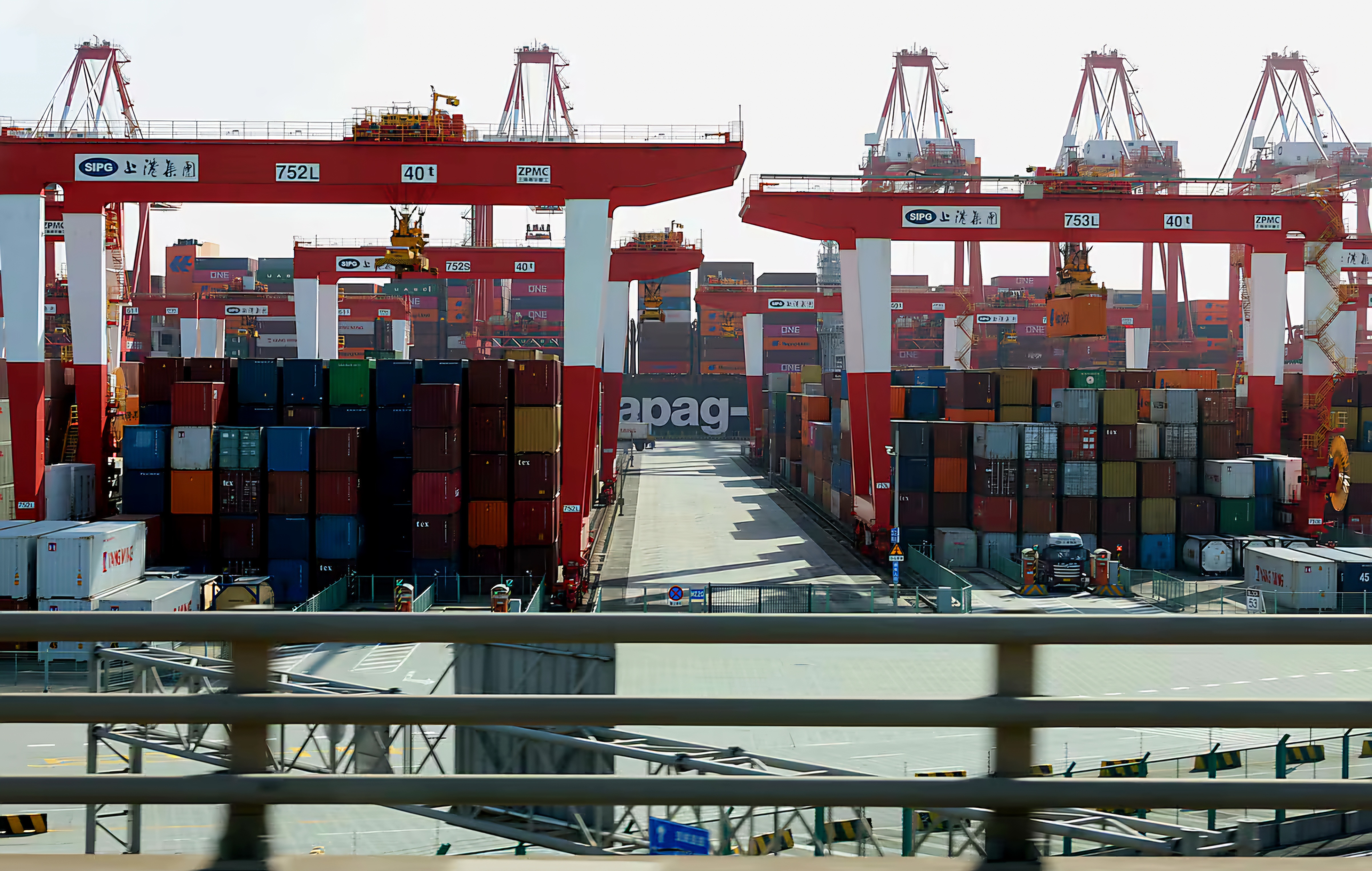
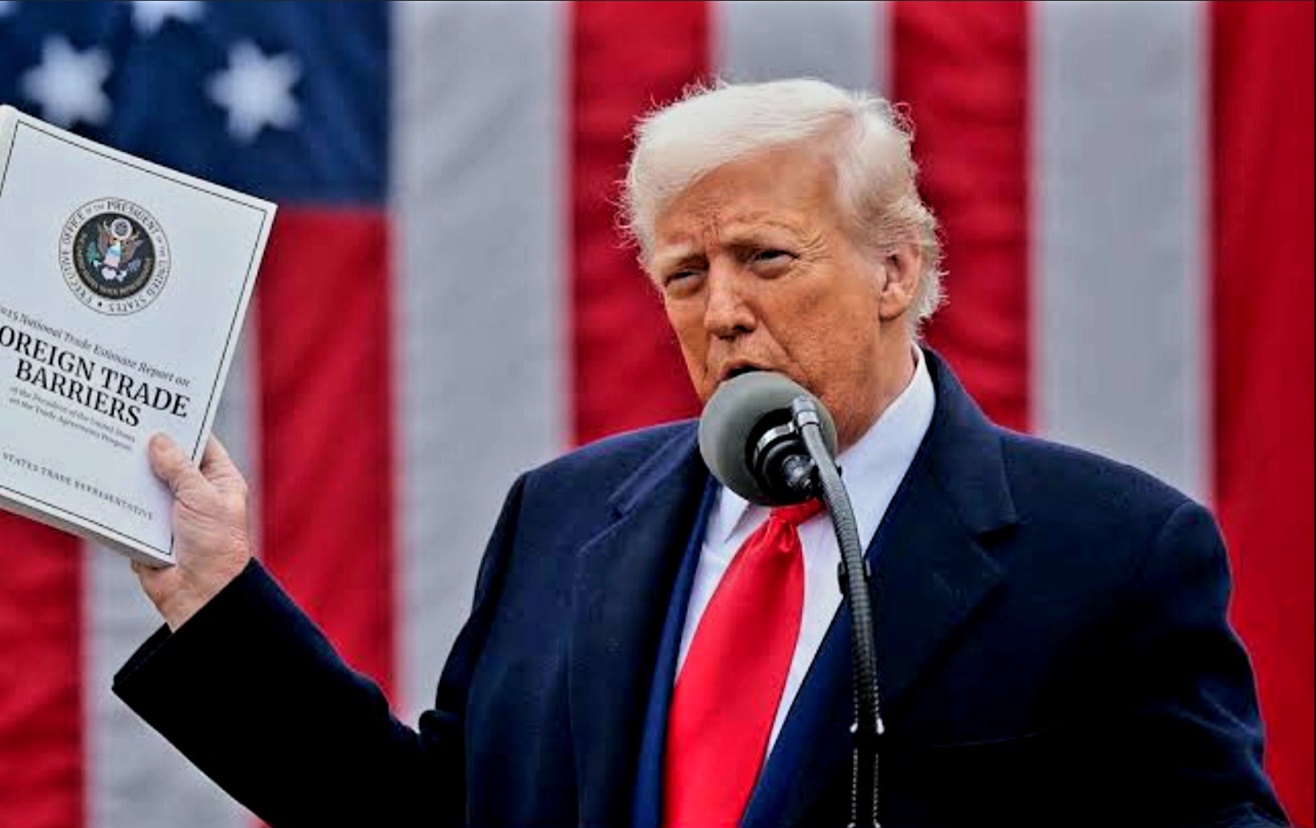

0 Comment(s)